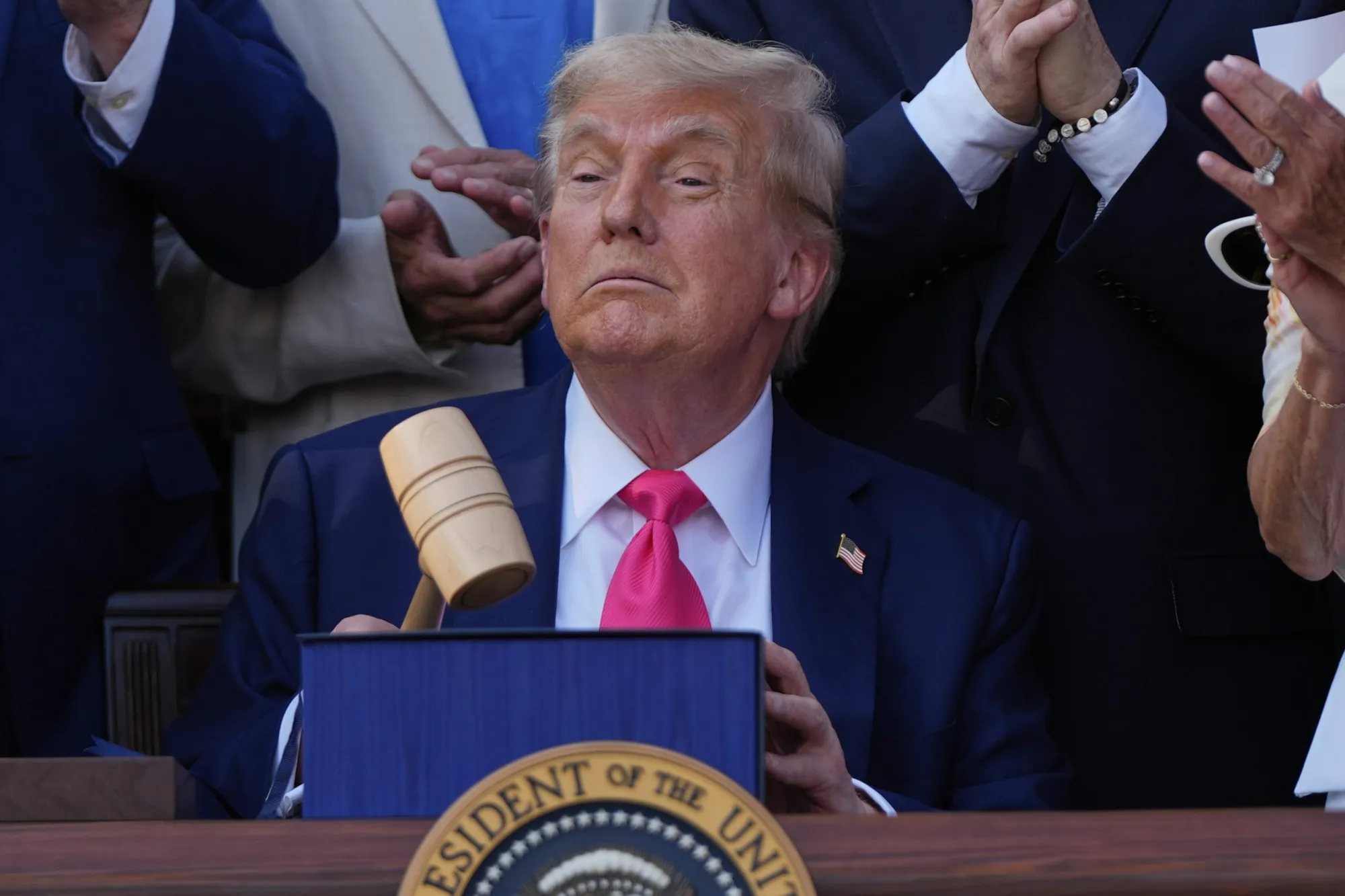Renewable Energy Winners Emerge from Trump’s Big Tax Bill
Washington, D.C. — August 7, 2025
When President Donald Trump signed the sweeping Tax Cuts and Jobs Act into law in late 2017, the legislation was widely seen as a victory for big corporations and traditional fossil fuel industries. But in an unexpected twist, some of the biggest beneficiaries over the long term have been renewable energy developers and investors.
While the Trump administration often voiced skepticism about climate change and worked to bolster coal and oil, certain provisions within the tax bill inadvertently created opportunities for solar, wind, and other clean energy sectors.
Key Provisions That Boosted Renewables
At the heart of the renewable energy windfall were changes to depreciation rules and the preservation of critical tax credits. The bill expanded “bonus depreciation,” allowing companies to immediately deduct the full cost of certain investments — including wind turbines and solar panels — rather than spreading those deductions over time. This gave clean energy developers a powerful incentive to invest aggressively.
Moreover, despite early fears from the industry, the bill ultimately left intact the Production Tax Credit (PTC) and the Investment Tax Credit (ITC) for wind and solar, respectively — two crucial incentives that have underpinned the sector’s rapid expansion over the last decade.
“Many of us were bracing for a fight to preserve clean energy incentives,” said Lisa Jacobson, president of the Business Council for Sustainable Energy. “But to our surprise, they were left mostly untouched — and combined with the new depreciation rules, that actually gave us a stronger investment case.”
Investor Interest Surges
Wall Street took notice. The combination of long-term tax certainty and favorable depreciation rules drove a surge of capital into renewable energy infrastructure funds and green bond issuances. According to BloombergNEF, renewable energy investment in the U.S. reached over $55 billion in 2019 — a record high at the time — and the trend continued into the early 2020s.
“The tax bill made wind and solar more bankable,” said Michael Garland, CEO of Pattern Energy. “Projects that were already on the margin became viable. It wasn’t what anyone expected from a Trump-led Congress.”
Irony Not Lost on Advocates
The irony of Trump’s tax law aiding renewable energy has not gone unnoticed. His administration rolled back environmental regulations, exited the Paris Climate Accord, and championed fossil fuels as the foundation of American energy dominance. Yet, this landmark piece of legislation inadvertently gave clean energy developers one of their most significant policy wins in recent history.
“It’s one of the great ironies of the Trump era,” said Rhiana Gunn-Wright, a policy director at the Roosevelt Institute. “While trying to shore up legacy industries, they strengthened the hand of the future.”
Long-Term Impacts
Today, as the U.S. economy continues its transition toward clean energy — accelerated by climate-focused policies under subsequent administrations — analysts say the 2017 tax bill played a quiet but crucial role in helping renewable energy scale. Some provisions from the law remain in effect, while others have since been built upon through legislation like the Inflation Reduction Act.
“The groundwork laid by that tax law, even unintentionally, helped position the U.S. to compete globally in clean energy,” said Ethan Zindler, head of Americas at BloombergNEF.
For an industry often fighting headwinds in Washington, it was an unexpected — and welcome — tailwind.
![]()
Share this content:
